The kitchen is the heart of the home, where delicious meals and warm family gatherings are created. However, to ensure food safety and maintain the health of your loved ones, it’s crucial to pay attention to the hygiene of your kitchen tools and appliances. In this article, we will reveal three essential kitchen items that you should regularly replace to keep your cooking space clean and safe.
1 Non-Stick Pans and Pots
It’s a common misconception that expensive non-stick cookware will last longer due to superior materials. However, the reality is quite different.
The lifespan of non-stick cookware is not directly related to its price tag. According to experts, the non-stick coating on these items typically lasts only 2 to 3 years, regardless of the cost. So, don’t be fooled into thinking that a higher price means a longer-lasting product.
Using non-stick cookware for extended periods, even if the coating appears intact, can pose health risks. This is because Teflon, the most common non-stick material, can release harmful toxins when exposed to high temperatures.
Instead of focusing solely on price, pay attention to the materials used and opt for reputable brands when purchasing non-stick cookware. Additionally, plan to replace your non-stick cookware every 2 to 3 years to maintain the safety and health of your family.
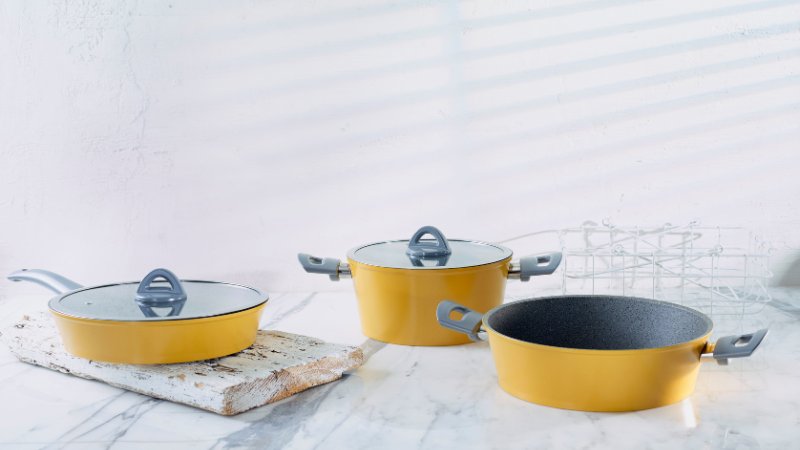 Non-Stick Pans and Pots
Non-Stick Pans and Pots
2 Cutting Boards
Today’s market offers a diverse range of cutting boards made from various materials such as stainless steel, rubber, bamboo fiber, and wood. Each type has its own advantages and disadvantages, so there isn’t a perfect option that checks all the boxes.
Whether used in home or restaurant kitchens, cutting boards that come into contact with raw food can pose health risks, especially if they have scratches or grooves. Bacteria such as Salmonella and E. coli, which are responsible for food poisoning, diarrhea, and stomach aches, often find their way into the scratches and grooves of well-used cutting boards.
Simply washing the cutting board after each use is not enough to ensure complete sanitation, as it’s challenging to thoroughly clean those scratches and grooves. To protect your health, it’s recommended to use separate cutting boards for raw and cooked foods. Experts also advise replacing cutting boards about three times a year, depending on how often you cook.
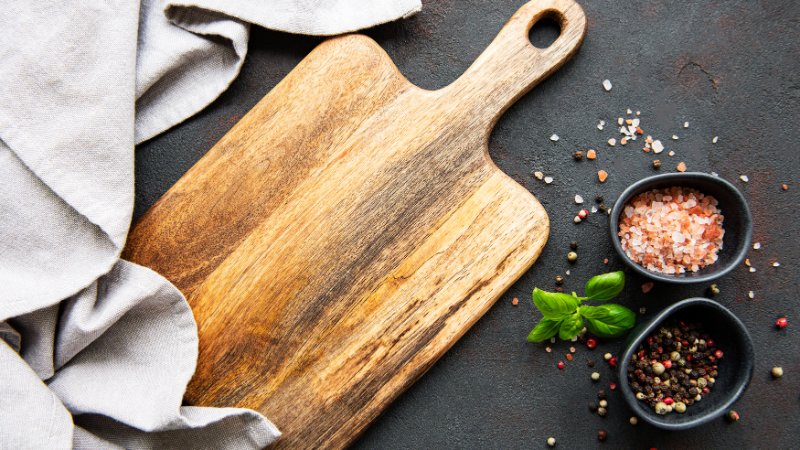 Cutting Boards
Cutting Boards
3 Sponges
Sponges may seem innocuous, but they can harbor an astonishing number of harmful bacteria, directly impacting the health of you and your family. Scientific studies have shown that sponges can contain more bacteria than any other place in the house, including the toilet, with numbers reaching up to billions per square centimeter.
To maintain food safety and hygiene, experts recommend replacing sponges weekly. This simple act can significantly reduce the risk of bacterial contamination and promote a healthier environment for you and your loved ones.
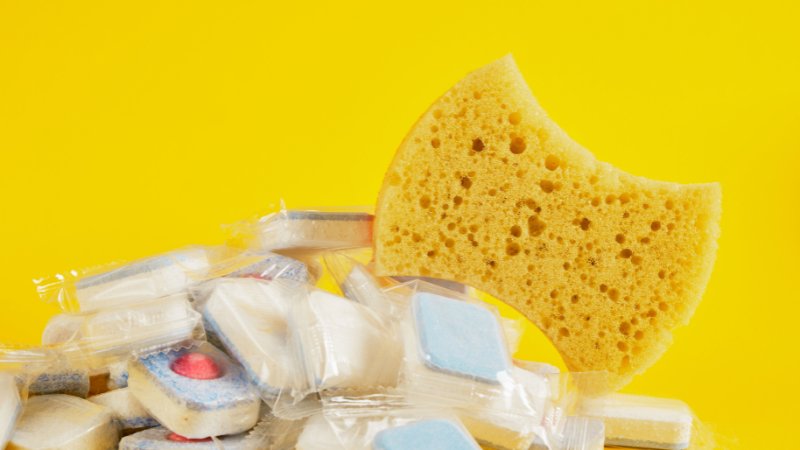 Sponges
Sponges
Regularly replacing kitchen tools and appliances, regardless of their cost, is a worthwhile investment in your health and quality of life. Make it a habit to replace your cutting boards, sponges, and non-stick cookware to protect your family from potential hazards lurking in the kitchen.
1. Sponges and dishcloths: These are breeding grounds for bacteria and should be replaced every 2-3 weeks, or sooner if they start to smell.
2. Cutting boards: Replace cutting boards regularly, especially if they are made of wood or have deep scratches or cracks where bacteria can hide. Consider having separate cutting boards for different types of food to prevent cross-contamination.
3. Kitchen utensils: Utensils such as wooden spoons, spatulas, and silicone tools can degrade over time, absorbing flavors and colors from food. Replace them every 6-12 months, or sooner if they show signs of wear and tear.
8 Common Mistakes People Make with Cutting Boards
Are you using your cutting board correctly? Many Vietnamese households rely on cutting boards in their kitchen, but not everyone knows how to use them properly, especially when it comes to wooden cutting boards. Check out these 8 mistakes to avoid when using a cutting board to ensure both hygiene and safety for everyone in your family.

























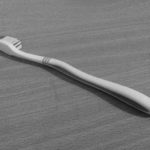
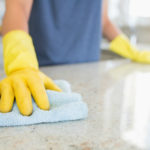
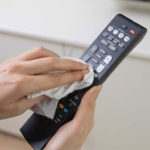
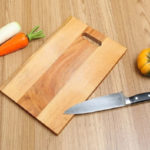 Cutting Boards
Cutting Boards





